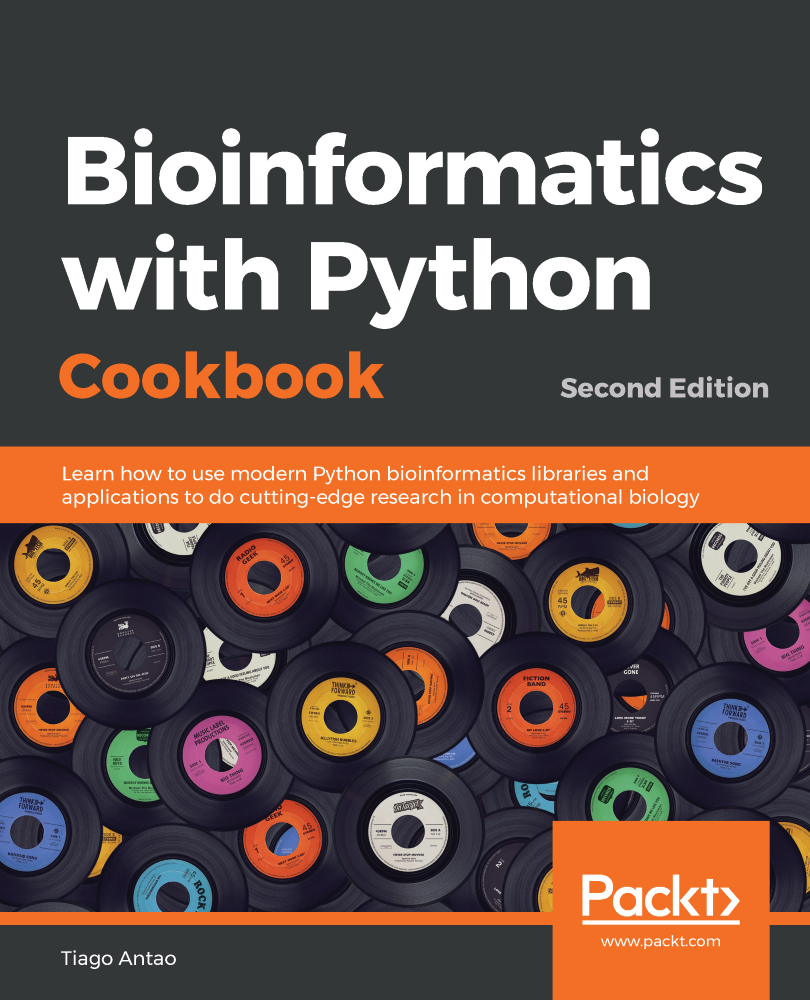

Most ebook files are in PDF format, so you can easily read them using various software such as Foxit Reader or directly on the Google Chrome browser.
Some ebook files are released by publishers in other formats such as .awz, .mobi, .epub, .fb2, etc. You may need to install specific software to read these formats on mobile/PC, such as Calibre.
Please read the tutorial at this link: https://ebookbell.com/faq
We offer FREE conversion to the popular formats you request; however, this may take some time. Therefore, right after payment, please email us, and we will try to provide the service as quickly as possible.
For some exceptional file formats or broken links (if any), please refrain from opening any disputes. Instead, email us first, and we will try to assist within a maximum of 6 hours.
EbookBell Team

4.4
22 reviewsDiscover modern, next-generation sequencing libraries from Python ecosystem to analyze large amounts of biological data
Key FeaturesBioinformatics is an active research field that uses a range of simple-to-advanced computations to extract valuable information from biological data.
This book covers next-generation sequencing, genomics, metagenomics, population genetics, phylogenetics, and proteomics. You'll learn modern programming techniques to analyze large amounts of biological data. With the help of real-world examples, you'll convert, analyze, and visualize datasets using various Python tools and libraries.
This book will help you get a better understanding of working with a Galaxy server, which is the most widely used bioinformatics web-based pipeline system. This updated edition also includes advanced next-generation sequencing filtering techniques. You'll also explore topics such as SNP discovery using statistical approaches under high-performance computing frameworks such as Dask and Spark.
By the end of this book, you'll be able to use and implement modern programming techniques and frameworks to deal with the ever-increasing deluge of bioinformatics data.
What you will learnThis book is for Data data Scientistsscientists, Bioinformatics bioinformatics analysts, researchers, and Python developers who want to address intermediate-to-advanced biological and bioinformatics problems using a recipe-based approach. Working knowledge of the Python programming language is expected.
Table of Contents**
About the AuthorTiago Antao is a bioinformatician currently working in the field of genomics. He was originally a computer scientist but he crossed over to computational biology with an MSc in Bioinformatics from the Faculty of Sciences at the University of Porto, Portugal, and a PhD on the spread of drug-resistant malaria from the Liverpool School of Tropical Medicine in the UK. He is one of the co-authors of Biopython, a major bioinformatics package written in Python.
In his post-doctoral career, he has worked with human datasets at the University of Cambridge (UK) and with mosquito whole genome sequence data at the University of Oxford (UK). He is currently working as a research scientist at the University of Montana.